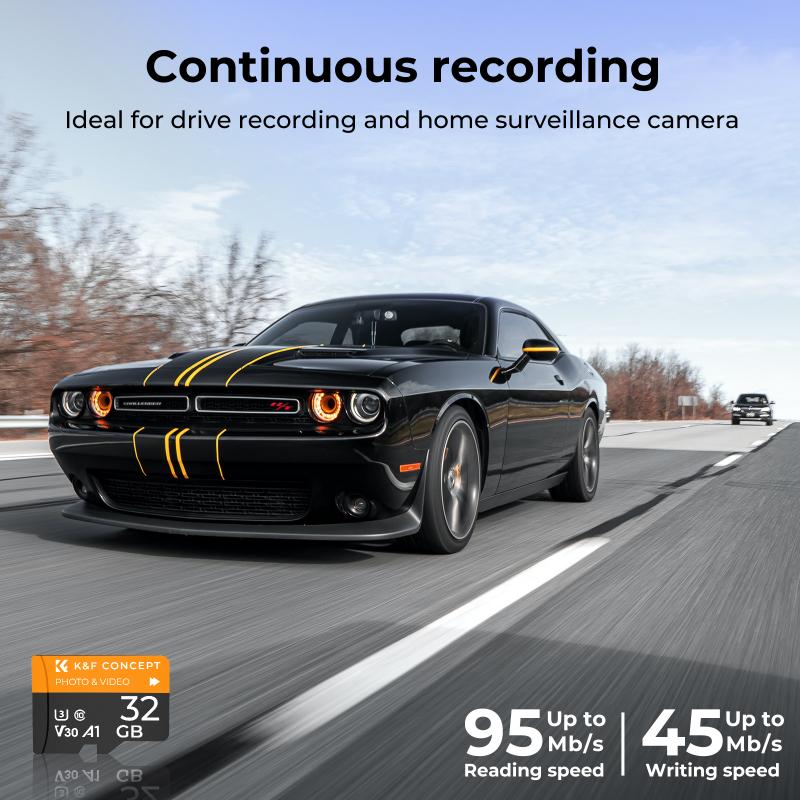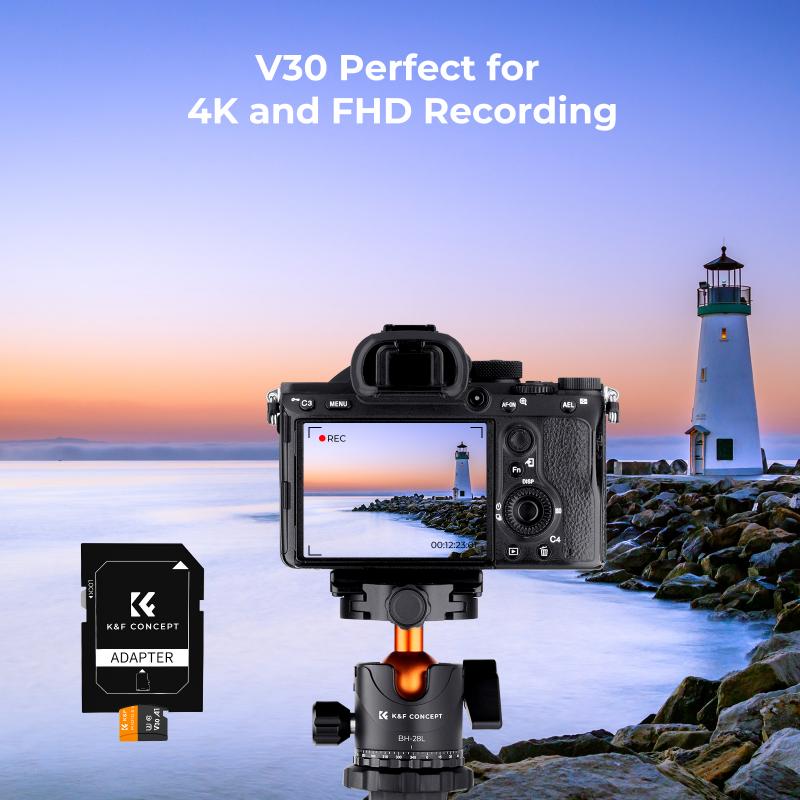How Does A Memory Card Work?
Memory cards are ubiquitous in our digital lives, serving as essential storage devices for a variety of electronic gadgets, from smartphones and cameras to gaming consoles and drones. Despite their small size, these cards pack a significant amount of technology that allows them to store vast amounts of data reliably and efficiently. In this article, we will delve into the inner workings of memory cards, exploring their structure, functionality, and the technology that makes them indispensable in modern electronics.
The Basics of Memory Cards

Memory cards, also known as flash memory cards, are a type of non-volatile storage device. Non-volatile means that they retain data even when the power is turned off, unlike volatile memory such as RAM (Random Access Memory), which loses its data when the device is powered down. This characteristic makes memory cards ideal for storing photos, videos, music, documents, and other types of data that need to be preserved over time.
Structure of a Memory Card

At the core of a memory card is a flash memory chip, which is responsible for storing data. This chip is made up of millions of tiny cells that can each hold a bit of information, represented as either a 0 or a 1. The cells are organized into pages, and pages are grouped into blocks. The memory card also includes a controller, which manages the data stored on the flash memory chip and handles communication with the device in which the card is inserted.
How Data is Stored

Flash memory operates using a technology called floating-gate transistors. Each cell in the flash memory chip contains a floating gate that can trap and hold electrons. The presence or absence of electrons in the floating gate determines whether the cell represents a 0 or a 1. Writing data to the memory card involves applying a voltage to the cell to move electrons onto or off the floating gate, thereby changing its state.
Types of Flash Memory

There are two main types of flash memory used in memory cards: NAND and NOR. NAND flash memory is the most common type used in memory cards due to its high storage density and fast write and erase speeds. NOR flash memory, on the other hand, is typically used in applications that require fast read speeds and random access, such as in firmware storage.
File Systems and Data Management
Memory cards use file systems to organize and manage the data stored on them. The most common file systems used in memory cards are FAT (File Allocation Table) and exFAT (Extended File Allocation Table). These file systems provide a way to keep track of where each file is stored on the memory card and ensure that data can be read and written efficiently.
Wear Leveling and Data Integrity
One of the challenges with flash memory is that each cell can only be written to and erased a limited number of times before it wears out. To extend the lifespan of the memory card, the controller uses a technique called wear leveling. Wear leveling distributes write and erase cycles evenly across the memory cells, preventing any single cell from wearing out prematurely.
In addition to wear leveling, memory cards also employ error correction codes (ECC) to ensure data integrity. ECC detects and corrects errors that may occur during data storage and retrieval, providing an additional layer of reliability.
Speed Classes and Performance
Memory cards come in various speed classes, which indicate their data transfer rates. The speed class is important for applications that require fast read and write speeds, such as recording high-definition video or capturing burst-mode photography. The most common speed classes are Class 2, Class 4, Class 6, and Class 10, with Class 10 being the fastest. There are also UHS (Ultra High Speed) classes, such as UHS-I and UHS-II, which offer even higher performance.
Practical Applications
Memory cards are used in a wide range of devices and applications. In digital cameras, they store high-resolution photos and videos. In smartphones, they provide additional storage for apps, media, and documents. In gaming consoles, they save game progress and downloadable content. Drones use memory cards to record aerial footage, and dash cams rely on them to capture video evidence while driving.
Choosing the Right Memory Card
When selecting a memory card, it's important to consider the specific requirements of your device and application. Factors to consider include storage capacity, speed class, and compatibility. For example, a professional photographer may need a high-capacity, high-speed memory card to store and transfer large RAW image files quickly. On the other hand, a casual smartphone user may only need a moderate-capacity card for storing photos and apps.
Future Trends
The technology behind memory cards continues to evolve, with advancements aimed at increasing storage capacity, improving speed, and enhancing reliability. Emerging technologies such as 3D NAND, which stacks memory cells vertically to increase density, are pushing the boundaries of what memory cards can achieve. Additionally, new standards like SD Express are set to deliver even faster data transfer rates, catering to the growing demands of high-performance applications.
Memory cards are a marvel of modern technology, providing a compact and reliable means of storing vast amounts of data. Understanding how they work, from the structure of the flash memory chip to the techniques used to manage data and ensure longevity, can help users make informed decisions when selecting and using memory cards. As technology continues to advance, memory cards will undoubtedly play an even more integral role in our digital lives, enabling new possibilities and applications. Whether you're a professional photographer, a casual smartphone user, or a tech enthusiast, memory cards are an essential tool for managing and preserving your digital content.
